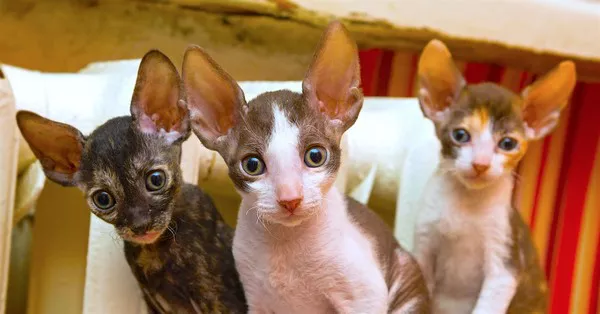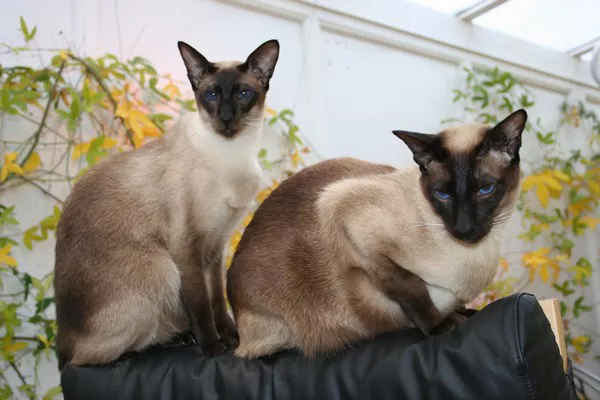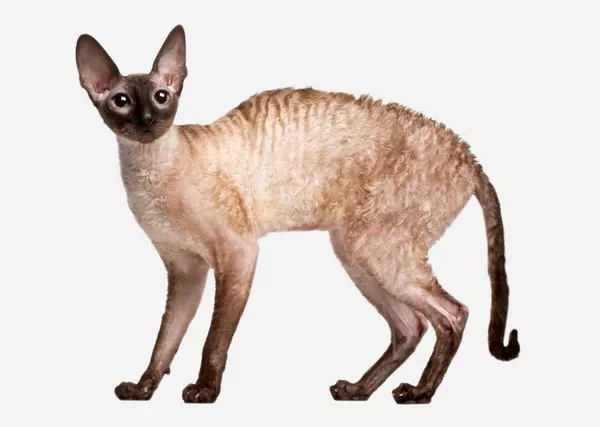The Cornish Rex cat is a unique and beloved breed known for its distinctive appearance, elegant physique, and affectionate temperament. As with all domestic cats, Cornish Rex cats have the potential to reproduce and produce litters of kittens. However, determining the typical litter size of Cornish Rex cats involves understanding various factors, including genetics, breeding practices, and individual variations. In this article, we delve into the fascinating world of feline reproduction, exploring the factors that influence the litter size of Cornish Rex cats and providing valuable insights for cat enthusiasts and breeders alike.
Understanding Cornish Rex Genetics and Reproductive Traits
Before discussing the litter size of Cornish Rex cats, it’s essential to understand the breed’s unique genetics and reproductive characteristics:
Genetic Mutation: The Cornish Rex cat is distinguished by its distinctive curly coat, which results from a genetic mutation affecting the hair follicles. This mutation leads to the production of soft, wavy fur that lies close to the body, giving the breed its elegant appearance.
Breeding Practices: Responsible breeders carefully select mating pairs to preserve and enhance desirable traits while minimizing the risk of inherited health conditions. Breeding Cornish Rex cats requires knowledge of genetics, pedigrees, and lineage to maintain the breed’s standards and characteristics.
Reproductive Physiology: Female cats, known as queens, typically come into heat, or estrus, several times a year, signaling their readiness to mate. During mating, male cats, known as toms, transfer sperm to the female’s reproductive tract, leading to fertilization of the eggs and eventual pregnancy.
Factors Influencing Litter Size in Cornish Rex Cats
Several factors can influence the litter size of Cornish Rex cats, including genetics, age, health, and environmental factors:
Genetics: The genetic makeup of the parent cats plays a significant role in determining the litter size of their offspring. While there is variability within the breed, Cornish Rex cats typically have smaller litter sizes compared to other cat breeds.
Age of the Queen: The age of the female cat can affect her reproductive capacity and the size of her litters. Younger queens may have smaller litters during their first few pregnancies, while older queens may experience a decline in fertility and litter size as they age.
Health and Nutrition: Maintaining optimal health and nutrition is essential for supporting the reproductive health of Cornish Rex cats. Proper veterinary care, a balanced diet, and adequate hydration can help ensure the queen’s overall well-being and reproductive success.
Environmental Factors: Environmental stressors, such as changes in routine, living conditions, or exposure to unfamiliar animals, can impact a cat’s reproductive health and fertility. Providing a stable and stress-free environment is important for promoting successful breeding and pregnancy in Cornish Rex cats.
Typical Litter Size of Cornish Rex Cats
While the litter size of Cornish Rex cats can vary depending on individual factors, breed standards, and breeding practices, it is generally smaller compared to other cat breeds:
Average Litter Size: On average, Cornish Rex queens typically give birth to litters ranging from two to four kittens. However, it is not uncommon for some queens to have smaller or larger litters, with variations observed within the breed.
Factors Affecting Litter Size: The size of a Cornish Rex cat’s litter can be influenced by a variety of factors, including the queen’s age, health, genetics, and reproductive history. Additionally, external factors such as breeding techniques, environmental conditions, and management practices may also play a role.
Breeding Goals: Responsible breeders prioritize the health, temperament, and conformation of their cats, rather than focusing solely on achieving maximum litter sizes. Breeding for quality over quantity ensures the long-term health and welfare of the breed and helps maintain the Cornish Rex’s unique characteristics and standards.
Conclusion: Nurturing Healthy Feline Reproduction
In conclusion, understanding the factors that influence the litter size of Cornish Rex cats is essential for cat enthusiasts, breeders, and veterinarians alike. While the breed typically produces smaller litters compared to other cat breeds, variations in litter size can occur due to a combination of genetic, environmental, and reproductive factors. By prioritizing responsible breeding practices, promoting optimal health and nutrition, and providing a supportive environment for reproduction, breeders can help ensure the well-being and success of Cornish Rex cats and their offspring.
With a deeper understanding of feline genetics, reproductive physiology, and breed-specific traits, cat enthusiasts can appreciate the intricacies of Cornish Rex reproduction and contribute to the preservation and advancement of this beloved breed. Through responsible breeding practices and attentive care, breeders and owners play a vital role in nurturing healthy feline populations and maintaining the beauty and elegance of the Cornish Rex cat.

























